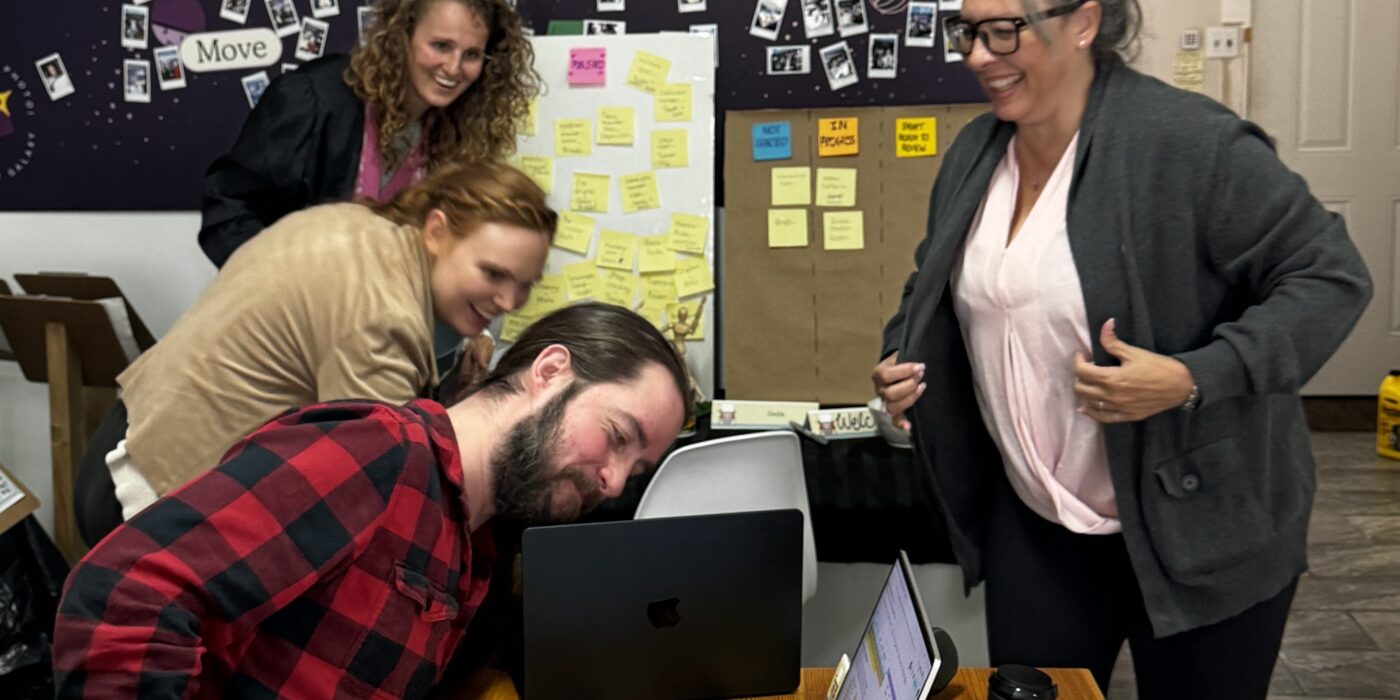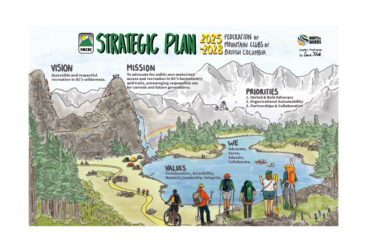Curiko connects people with and without disabilities by curating community-led experiences and (peer) coaching via an online platform. In 2024 the Curiko team of curators and coaches scaled from Vancouver to other regions of British Columbia. This growth and transition to a mostly hybrid organization made it crucial to capture not only what they do, but also why and how, especially as they are a value-driven organization. To codify Curiko’s practices and processes I co-designed a Curiko Wiki, an internal knowledge base similar to Wikipedia, to inform both new and experienced team members.
“We’re all equal and wonderfully different.” – one of Curiko’s Values.
To center the team and create a substainable solution, I prioritized empowerment and ownership from the start. I facilitated the team in co-creating the structure and content of the Wiki, as well as the processes and roles necessary to maintain it as a living resource. Below, you will find a step-wise description of my approach:
1. Emphatize: Watch, Ask, Listen, and Learn.
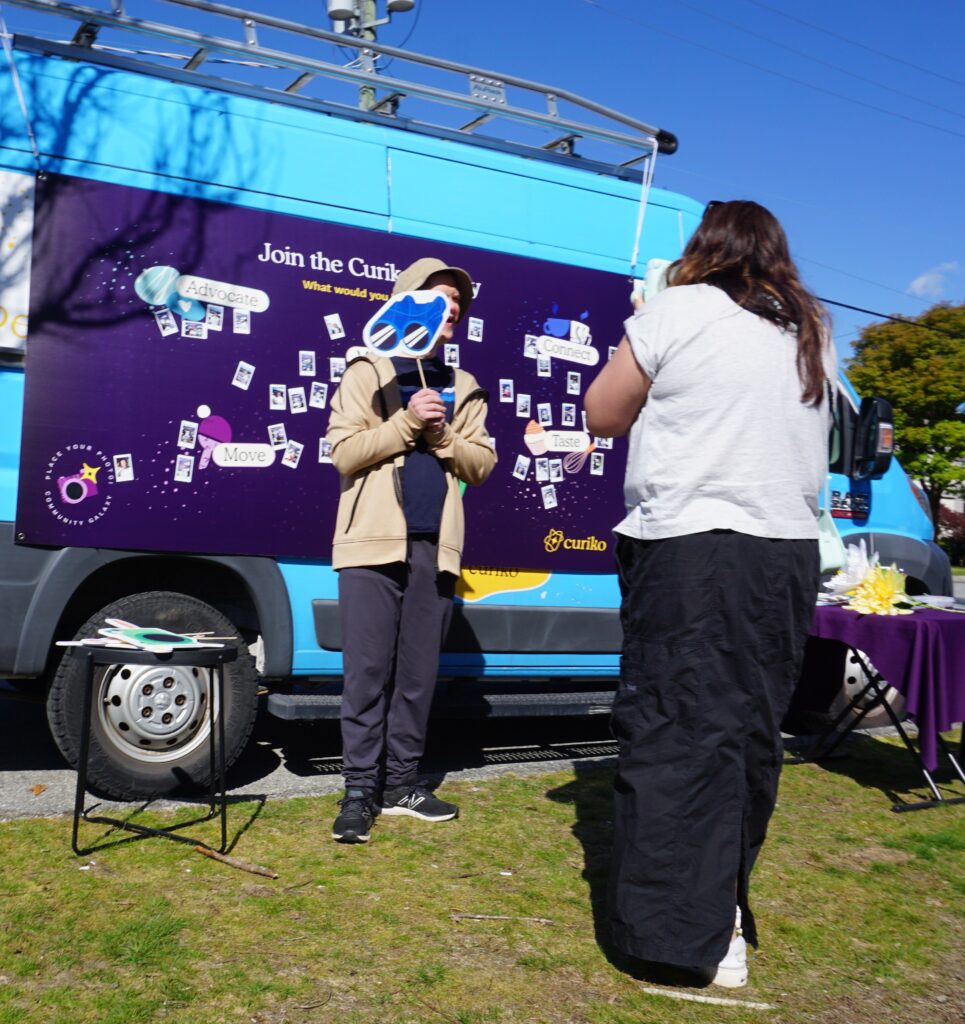
To truly understand Curiko and discover how a Wiki could best support their team, I immersed myself in the community, platform and team practices. I actively participated in experiences and coaching, shadowed the curators and coaches to gain firsthand insights in their internal processes, and deepened my insights through conversations and surveys. This phase was crucial for understanding the nuances of Curiko’s ways of working and culture. I learned that Curiko is so much more than a team or a experience platform. As a community Curiko embraces differences and challenges our traditional roles of care taker and giver.
2. Define: Creative Sessions around Goals and Structure.
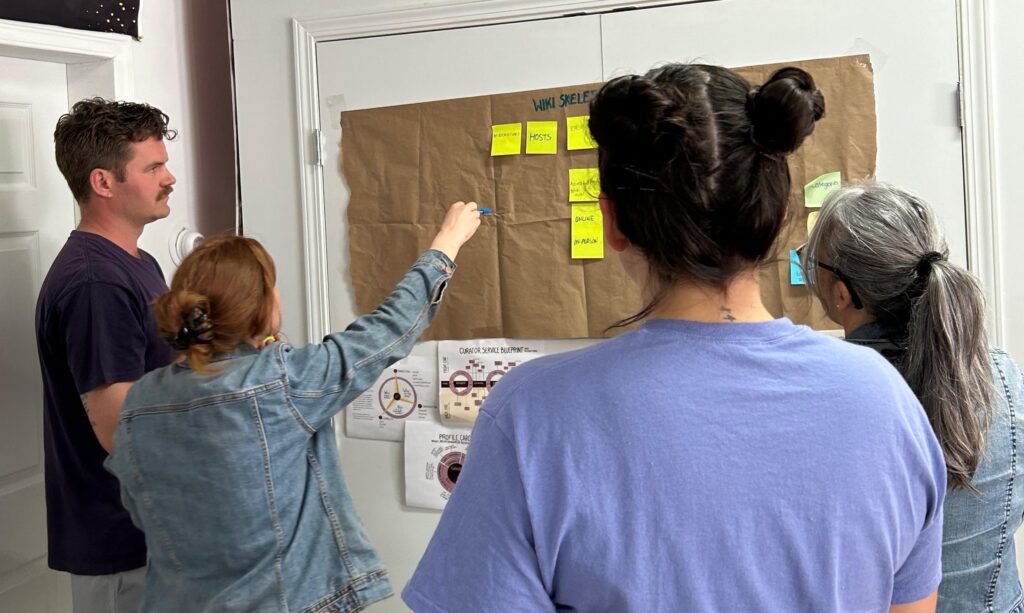
Having gained a clear understanding of Curiko and its intentionality, it was time to define how a Wiki would serve as a valuable resource for the team. I facilitated multiple co-creative sessions to clarify and define mutual goals and agree on the purpose of a Curiko Wiki, as well as map out initiatives, epics, for the actual structure of the Wiki website.
3. Prototype: Website Development and Process Design
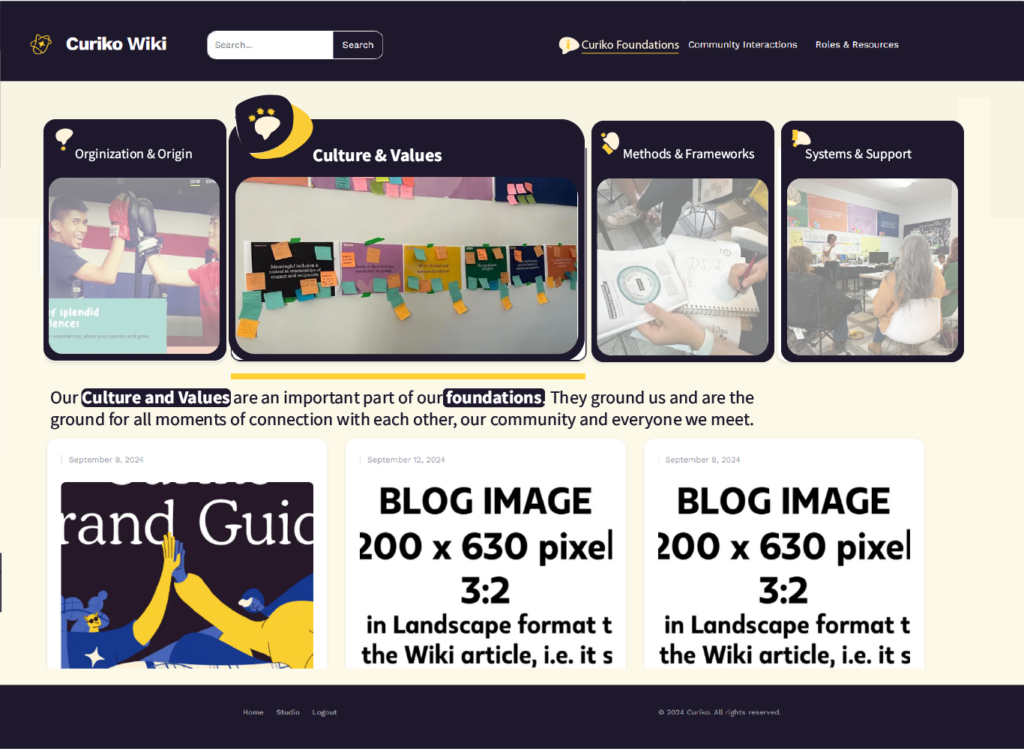
This phase focussed on designing the Wiki from the ground up. It involved creating wireframes and mock-ups, collaborating closely with the developer and user testing with the team. Next to this I designed processes and templates with the team to help them generate content for the Wiki. Through graphic and visual design I supported the team to communicate their work effectively and make an attractive and accessible Wiki.
4. Hand Over: Solidify Roles and Routines.
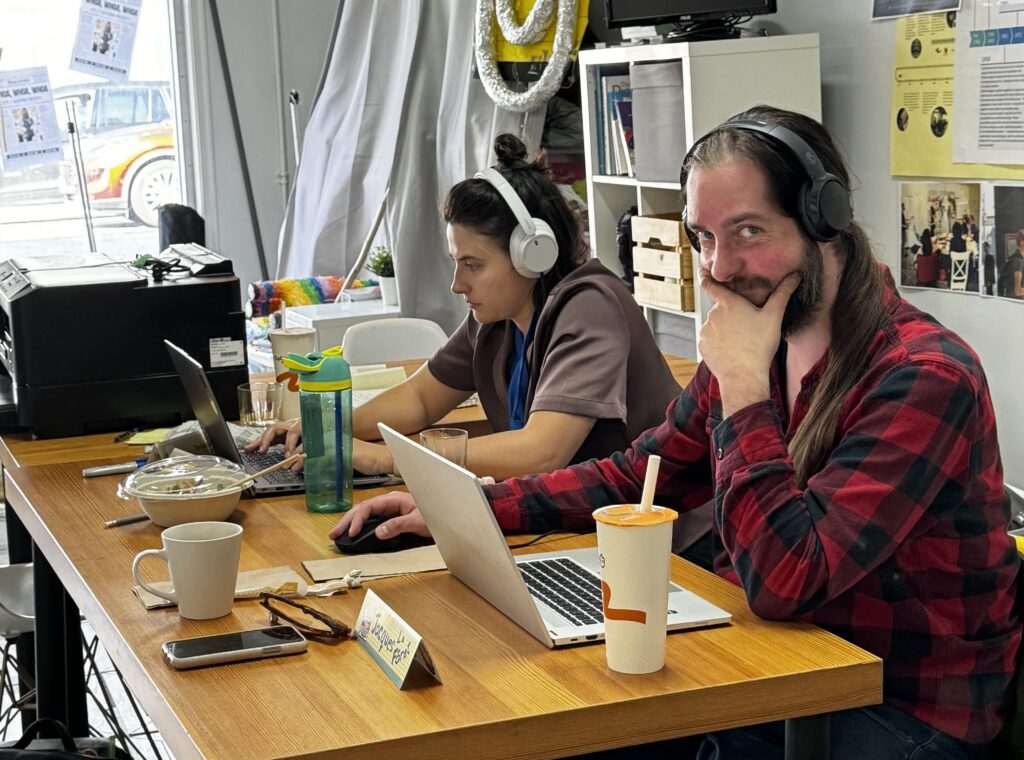
The ultimate goal was to empower the Curiko team to manage the Wiki independently. We established a quarterly routine, “Wiki Week,” to create a space to generate content as a team and discuss necessary UX updates, all led by two designated team members, “Wiki Keepers.” We embedded these roles and routines in their regular work flow and designing fun rituals to hold room for team building next to getting the Wiki work done.
The Curiko Wiki is now live as an internal website. New team members have found it to be a valuable onboarding resource. Through following an iterative and collaborative approach, the Curiko team really took ownership over the Wiki as a collective. In the future the Wiki might become available to anyone interested in the Curiko community. So all can contribute to the Curiko Wiki by sharing their expertise and experiences to inspire others to transform our traditional care system.

